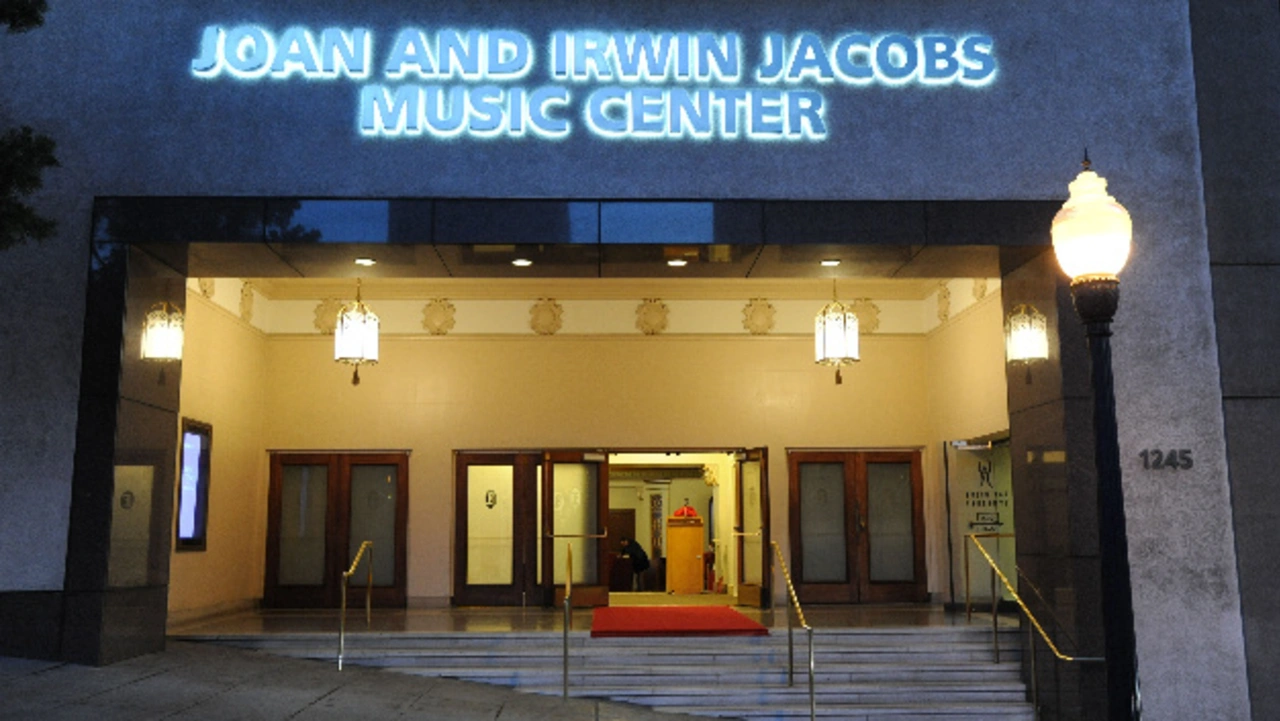Qualcomm Founder Dr. Irwin Mark Jacobs
„It took us 9 years to enter the chinese market“
Fortsetzung des Artikels von Teil 3
„When you step away, you step away“

DESIGN&ELEKTRONIK: What are you doing today? Are you still consulting Qualcomm, using your huge network within the industry for enabling new businesses or are you just enjoying your life?
Dr. Jacobs: No, I’m not directly involved with Qualcomm, when I left being CEO I stayed as chair, and then I left that and stayed as a board member and then I left that. So it was a kind of gradually stepping away. When you step away, you step away. Now other people have to take the reponsibility and do things. Because of my background with Qualcomm and academics I have a lot of startups advising and helping, that’s very interesting.
„I read books on my phone only“
DESIGN&ELEKTRONIK: Thanks to your innovation people need not to carry large and heavy books like this one from the Air Force you mentioned above, but can easily download books from Amazon and other suppliers. Do you prefer E-Books or still paperbooks?
Dr. Jacobs: Oh, I read on my phone only! I read also newspapers on my phone, sometimes people are giving me paperbooks, but if I have the choice I read on my phone.
DESIGN&ELEKTRONIK: Meanwhile leading mobile device suppliers develop their own SoCs, like Apple the Ax, Samsung the Exynos and Huawei the Kirin, instead of using Qualcomms Snapdragon Chips. Will this trend go on?
Dr. Jacobs: When we started Qualcomm, the industry was vertical – companies made R&D, they made the chips and they made the phones. With our model we got a number of new startups, by the way, Samsung was one of them, we gave them the opportunity to start a new business field, LG was a second one. This model was very successful.
Then Apple started to develop their own SoCs and other companies followed. We made the strategic decicion to give up our own phones, because otherwise other companies thought we could keep the best chips and software for ourselfes. Today Samsung is running into the same problem by the way. But for example in China you see so many startups, even India is now hopefully beginning to moving up. With chips and software becoming broadly available these markets can develop much faster.
- „It took us 9 years to enter the chinese market“
- „You are a liar“
- „My wife and myself setup an innovation institute at a ‚less standard university‘“
- „When you step away, you step away“
- „Medical, Automotive or Education, everything is impacted“
- References





